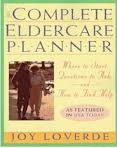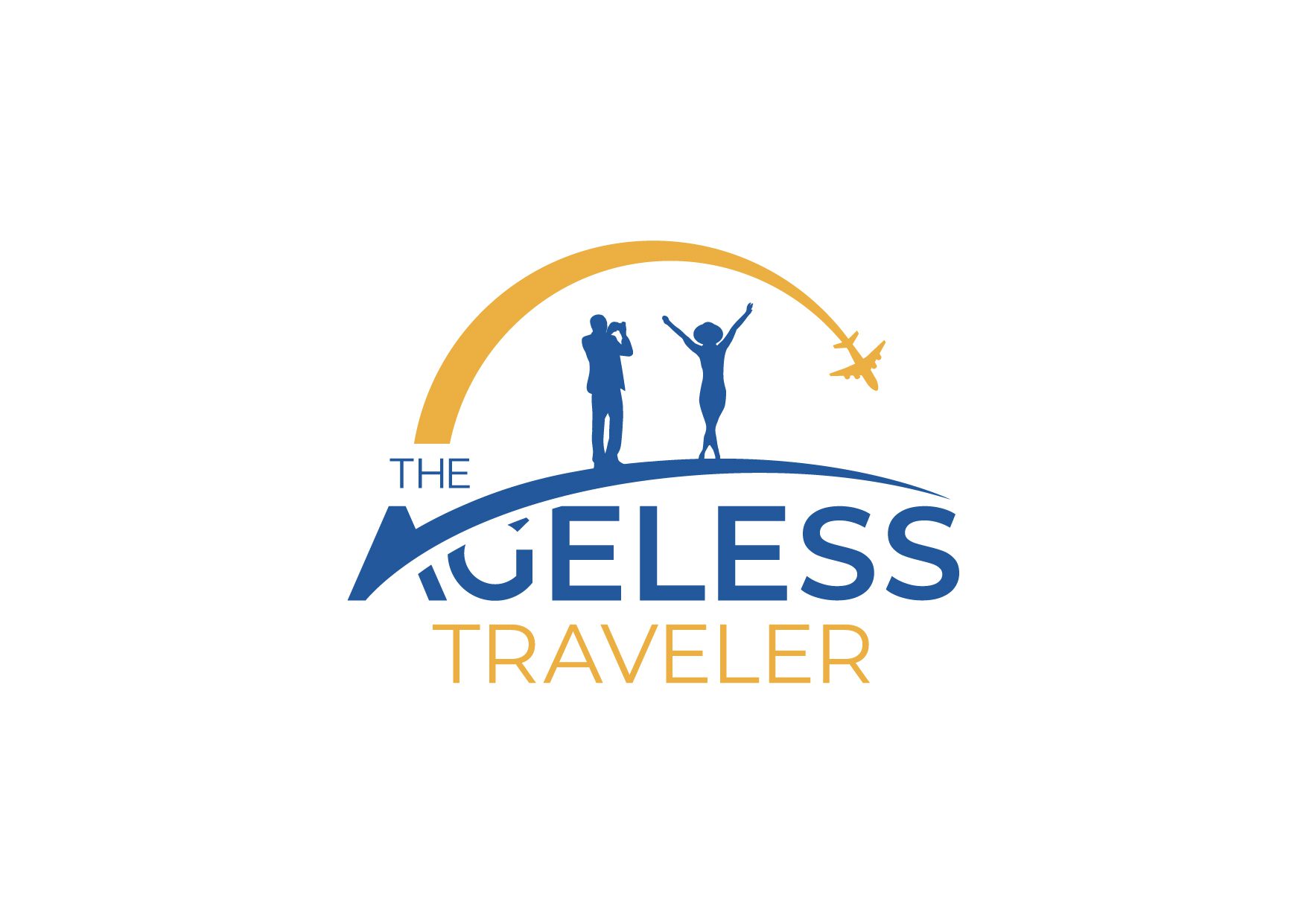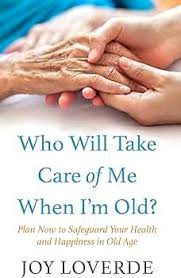Strategies for Independence and Connection
We all see it, and many of us fear it. The aging pattern is shifting from multi-generational support to solo journeys through our golden years. In this article, we explore the alternatives, including the impact of lifelong travel on solo aging. No greater expert to guide us in our inquiry on solo aging than senior industry consultant Joy Loverde, author of “Who Will Take Care of Me When I’m Old?” and “The Complete Eldercare Planner.”
Proactive Planning and Personal Responsibility in Solo Aging
Solo aging represents a stark deviance from traditional beliefs where family automatically aligns as the primary caregiving unit. Joy Loverde highlights that the responsibility ultimately lies with the individual to plan ahead. She suggests that those aging alone must ask themselves, “Am I willing to initiate a conversation about mutual support with friends?”
“The answer to who will take care of me when I’m old is me right now in my planning process going forward, figuring out what is missing in my planning, and going from there,” Joy states in the interview.
 Get on our Ageless Traveler List for discounts on trips, products, and services.
Get on our Ageless Traveler List for discounts on trips, products, and services.
Get early access to special trips so you never miss out on the deals you want.
Get invitations to unique events and happenings.
We will not send you annoying sales emails, will not share your information and will only alert you to worthwhile GOODIES!
This theme of taking charge of one’s future support system resonates deeply as a contemporary necessity. Delving further into the practical implications, it’s evident that creating a support system requires more than just passing interactions—it calls for forging meaningful, mutually responsible relationships. This reliance on social roots over familial branches is predicted to be a cornerstone of future aging paradigms.
The Crucial Role of Technology in Fostering Connections
In an age where digital interfaces seamlessly intertwine with our daily activities, leveraging technology can be pivotal for solo agers. Joy articulates that telemedicine opened doors for older individuals to become comfortable with online interactions.
“We would have all gone absolutely berserk during COVID if we didn’t have technology,” she remarks.
The conversation unravels the potential of technology as a bridge to keep far-flung friends connected and to nurture new bonds formed through shared experiences, like travel. This digital thread can weave a virtual village, offering solace and companionship to those on a solo path. Yet, it requires individual commitment to sustain these newly formed connections beyond the fleeting warmth of initial encounters. The broader implications suggest that tech accessibility and literacy will increasingly become non-negotiable elements of aging.
Rethinking Assisted Living: Seeking Alternatives and Sustaining Autonomy
For all of us, not only solo agers, conventional assisted living infrastructures are potentially inadequate. There is a need for alternatives that integrate a sense of community and social interaction, mirroring more organically formed villages in other cultures.
“I have found only one [assisted living community] that I would move into,” Joy reveals, suggesting a gulf between current offerings and the dynamics of a socially rich life.
Joy’s critique invites a profound re-examination of the assisted living model, gesturing towards innovative approaches emphasizing social enrichment and personal autonomy. The contrast between aging as part of a tight-knit community in Italy and the isolated experiences in U.S. facilities brings to light engaging questions regarding our societal approach to elder care.
The constant thread through these narratives is the potent influence of community—whether built by proximity or intention—and the reciprocity of care. As we reframe these dialogues beyond the fading light of friendships and embrace the dawn of newfound collectives, we usher in a future where aging solo does not correlate with aging in solitude.
HUBS
Recently, the AARP has suggested specific communities become retirement or aging HUBS, where services for aging are delivered and perhaps subsidized according to individual needs. Other solutions have been mixed-age housing rather than age-based communities. Still, other options are intentional communities where elders create chosen families and agree to provide mutual care. Such arrangements are often called a co-housing mode.
Adriane suggests one more innovative alternative, travel as a lifelong companion builder for the solo ager.
People we meet in any part of the world can become our extended family through technology like Facetime and our own The Ageless Traveler Facebook Salon. If groups are kept lively and engaging, we can grow relationships through travel, especially women's tours, retreats, and learning travel. In this way, we thwart loneliness and support each other. True, this does not provide firsthand care when we are ill, but it does provide the friendship infrastructure that keeps us healthier as we age, postponing the need for care and atrophying the length of time we need personal assistance.




